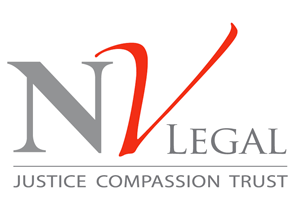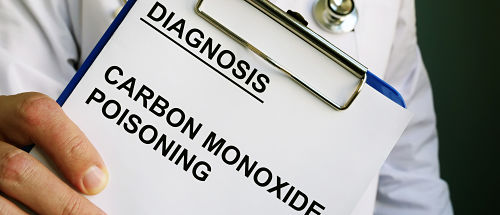Carbon monoxide poisoning – How safe is your home?
Carbon monoxide poisoning is known as the silent killer. There are around 60 deaths every year from this type of poisoning and more than 4,000 people visit A&E with suspected carbon monoxide poisoning annually.
The most common causes of carbon monoxide poisoning are from gas emitted from appliances which have been installed incorrectly or have not been regularly maintained. Alarmingly, most cases are preventable.
Central heating boilers, cookers, or other heaters such as gas fires can lead to carbon monoxide poisoning if faulty or inadequate. However, additional sources such as a blocked chimney, paint fumes or faulty car exhaust pipes can also cause poisoning.
Employers, building landlords, letting agents or holiday lettings providers who are responsible for appliances which emit carbon dioxide have a duty of care and a legal obligation to ensure that appliances are maintained and meet health and safety regulations.
If they fail to do this and are found to be negligent you could be due compensation for their negligence if you have carbon monoxide poisoning.
We have represented several students where gas appliances had not been checked in university rented accommodation.
Make sure gas appliances are checked regularly by a CORGI registered engineer. If you are living in a rented property check the appliances have been serviced regularly. The certificate is usually displayed on the appliance.
Carbon monoxide detectors can reveal traces of the deadly gas as it cannot be seen with the naked eye and has no scent. It would be advisable to install one or more in your property and even take one on holiday to use while away.
Initial symptoms of carbon monoxide poisoning can often be confused with food poisoning or flu, however with carbon monoxide poisoning you would not have a fever. It is essential to seek medical assistance if you think that you may have carbon monoxide poisoning.
Symptoms include:
Feeling dizzy
Feeling or being sick
Confused or tired
Stomach ache
Breathlessness or problems breathing
Blurred vision
Loss of consciousness
According to NHS UK “After carbon monoxide is breathed in, it enters your bloodstream and mixes with haemoglobin (the part of red blood cells that carry oxygen around your body) to form carboxyhaemoglobin.
“When this happens, the blood is no longer able to carry oxygen, and this lack of oxygen causes the body’s cells and tissue to fail and die.”
NV Legal has worked with clients and won successful claims for carbon monoxide poisoning. We operate on a no-win no-fee basis which means if we are not successful with your case you do not pay our legal fees.
The amount of compensation awarded depends on the severity of the case. We use a personal injury calculator which is based on figures from the most up-to-date edition of the Judicial College Guidelines.
We will also seek to cover your costs for medical expenses including travel costs for appointments, any loss of financial earnings, prescription costs and any rehabilitation. If you are injured and liability is admitted by the other party, you have a right to claim for private treatment or surgery which is funded by the defendant’s insurance company.
In some cases, we are also able to arrange an interim payment to assist financially before compensation is paid. These payments are available on account of damages once liability has been accepted.
If you would like further information on carbon monoxide poisoning contact us for a FREE no-obligation consultation.
Call – 03330 112732
Email – info@nvlegal.co.uk
Website – www.nvlegal.co.uk
Find us on social – Facebook Twitter LinkedIn


